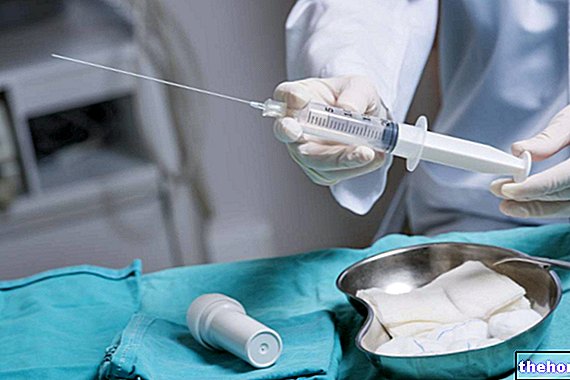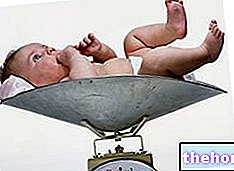What it is and what it is for
Cardiotocography - from the Greek tokos, birth, and graphein, write - allows you to monitor fetal heart rate and uterine contractions. For this purpose, an "equipment called a cardiotocograph is used, consisting of a central box and two probes placed on the mother's womb: the first is an ultrasound detector of the heartbeat (connected at the point where the perception of the heart's activity is most elevated), while the second consists of a mechanical gauge of uterine contractions (this pressure transducer is positioned lower, in the area corresponding to the bottom of the uterus).
How is it done?

During the cardiotocography, the pregnant woman can hear the baby's heart beats "live", thanks to an amplifier inside the device.
Are there any risks to the fetus?
Cardiotocography is a completely painless and risk-free technique, both for the mother and for the fetus; it generally lasts from 30 minutes to one hour, and can be prolonged beyond if the baby is sleeping (during fetal life the alternation of the sleep-wake rhythm follows phases of about 40 minutes).
Heartbeat of the fetus
During pregnancy, the fetal heart rate normally fluctuates between 120 and 160 beats per minute, remaining constant only when the unborn baby is asleep. Outside these limits, we speak of bradycardia and tachycardia respectively. As delivery approaches, the fetal heart rate tends to drop slightly, reaching 110 beats per minute at birth. In addition to the number of pulses, during cardiotocography it is particularly useful to monitor the extent and frequency of acceleration and deceleration of the heartbeat.
The interpretation of the data collected during the examination, possibly facilitated by special software, is obviously the responsibility of specialized healthcare personnel.
When you do
In the last days of pregnancy (starting from the 38th week of gestation), cardiotocography is part of the routine investigations; it is in fact carried out on an outpatient basis in order to detect any preparatory uterine contractions, and to check the normality of the fetal beat. This monitoring begins early in the face of reduced fetal growth or when the woman is considered at risk because she suffers from particular disorders, such as gestational diabetes or pregnancy hypertension.
During labor, cardiotocographic monitoring allows you to check whether the baby resists the stress induced by uterine contractions well, picking up any complications, such as hypoxia, which require caesarean section. This is precisely the ultimate purpose of cardiotocography, born with the clear objective of differentiating the physiological stress of labor from the real "fetal suffering", characterized by signs of the fetus' inability to compensate for any hypoxic insult.
Unfortunately, the results were not at the "height of the premises, so much so that even today doubts remain about the real usefulness of cardiotocography, due to technical pitfalls, low specificity (high incidence of false positives, therefore high risk that healthy fetuses are considered falsely to risk) and other factors that may influence the information obtained or its interpretation.




























